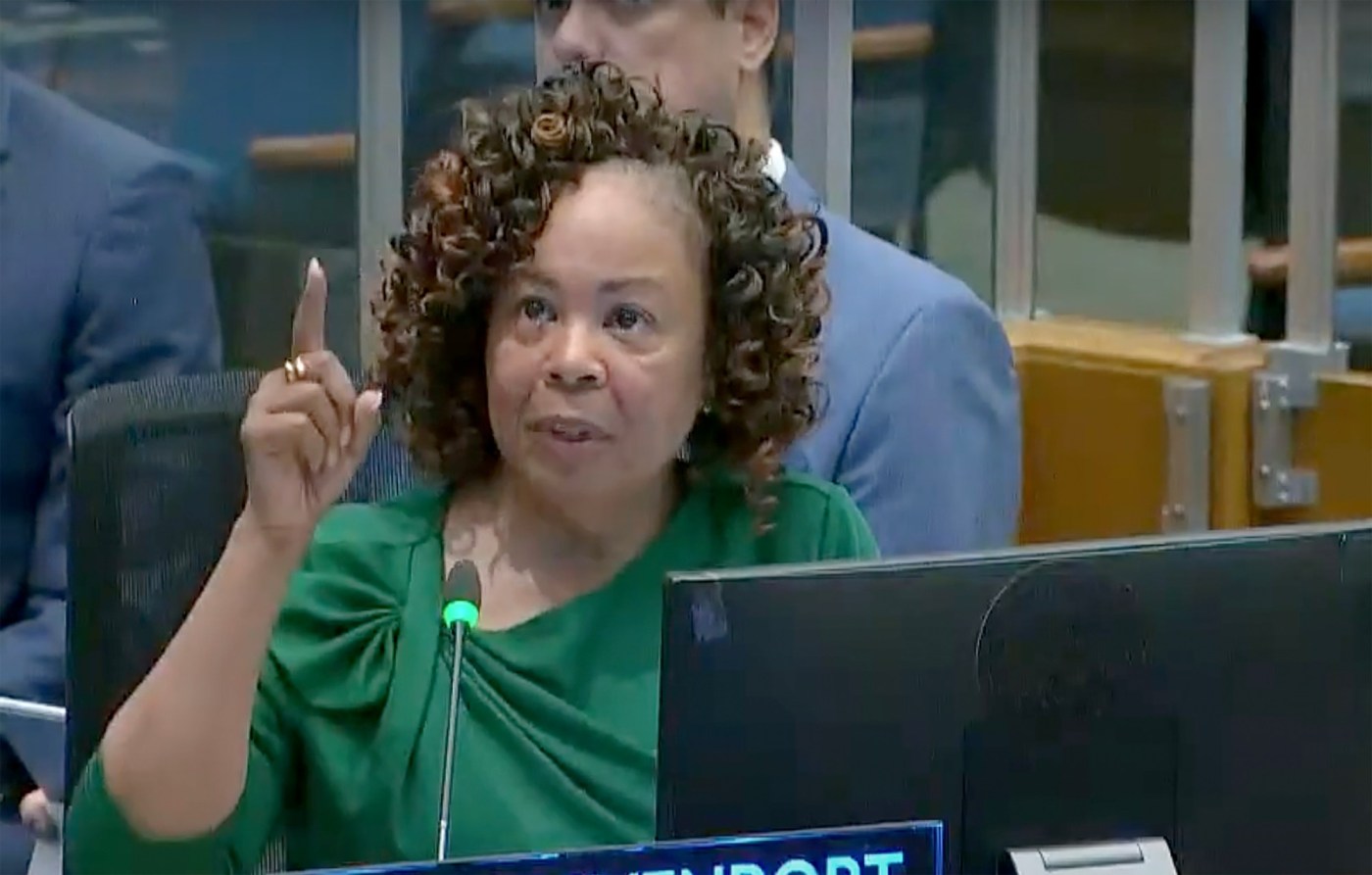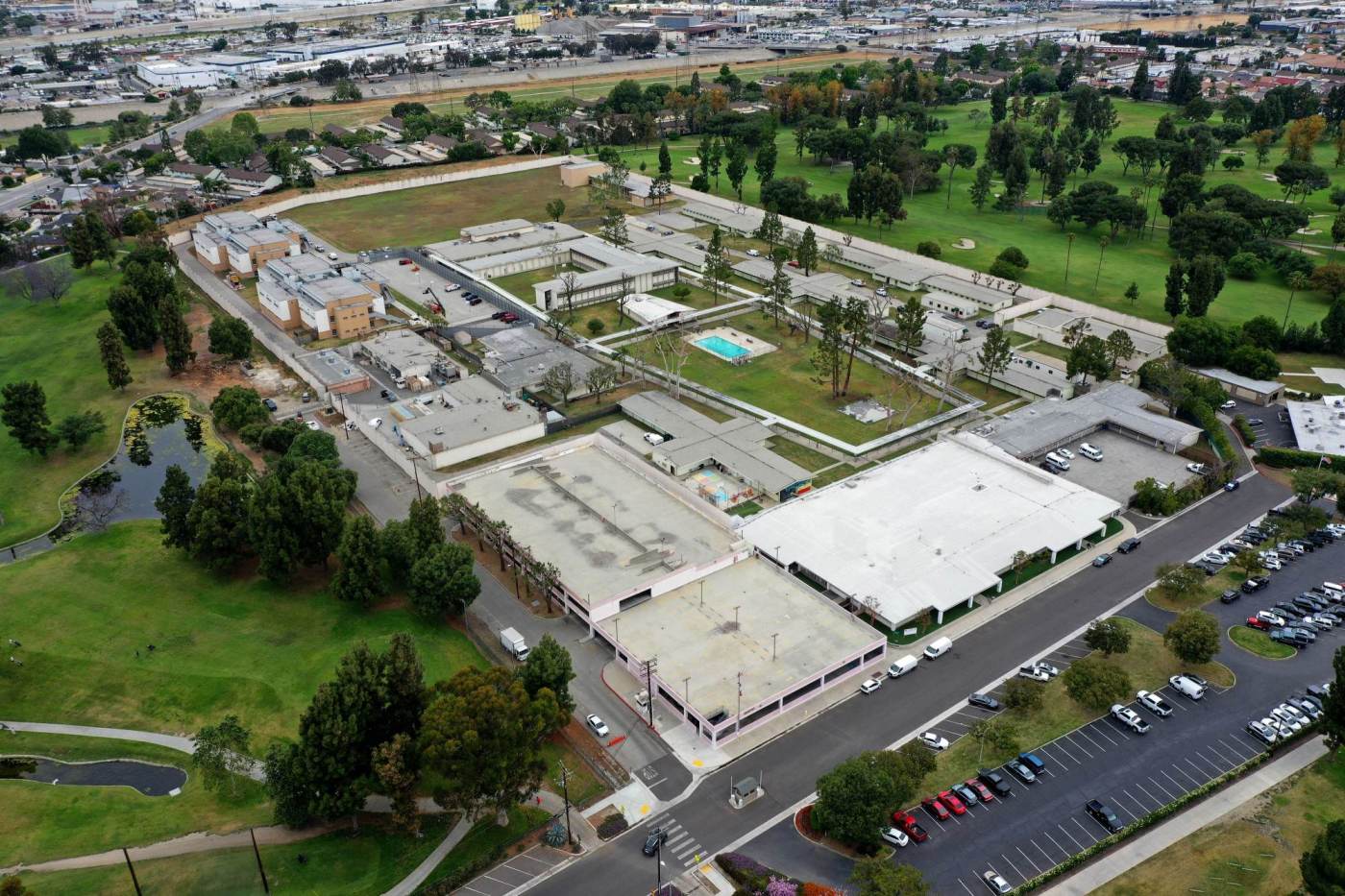Medicaid cuts, sexual abuse payouts, spell draconian cuts in next few LA County budgets
Medicaid cuts, sexual abuse payouts, spell draconian cuts in next few LA County budgets
The Los Angeles County future budgets are in for a world of hurt — and so are the county’s most vulnerable residents.
CEO Fesia Davenport reported earlier this week the recently passed federal big tax cuts and spending bill will cost the county at least $1.5 billion in the current budget and the next two budget years combined, mostly due to the bill’s $880 billion cuts to Medicaid, the federal healthcare program relied on by 3.4 million L.A. County residents.
“These cuts will have a profound impact,” said Davenport. The hurt lands mostly on recipients of Medicaid known as Medi-Cal in California. This could mean that many Californians may no longer qualify for care, or will see fewer services as a result of staffing layoffs and consolidation of county departments.
“There will be a drop in services and it will impact those that are most in need — the most vulnerable,” said First District Supervisor Hilda Solis.
Programs for healthcare, nutritional health and others will disappear, Davenport said. “The county will have to lay off thousands of employees and close one (medical) facility. Our budget cannot endure the revenue losses of this magnitude.”
But there are additional budget woes hitting the county besides those from Washington D.C. — mostly of the county’s own doing.
On top of federal Medicaid cuts, the county will be paying $4 billion for 6,800 sexual abuse lawsuit settlements dating back to the 1950s — stemming from victims who sued the county over abuse while being treated at county juvenile facilities, including the now-closed MacLaren Children’s Center in El Monte.
With 3% across the board cuts, tight spending limits and years of borrowing in place since April, Davenport said the reduced, $47.9 billion 2025-26 fiscal year budget is down $1.3 billion from the previous year. The county would begin making settlement payments each year through 2030, with lesser amounts through 2050-51.
Albeit a drag on future county spending, this was supposed to suffice. Until the county learned recently that there could be as many as 2,500 more settlements added to the pile, creating even larger payout totals that will cut into future budgets and chip away at county services, Davenport reported.
But there’s more.
There is a $2 billion price tag from county-approved salary wage increases for thousands of employees; about $1 billion in costs from the devastating January fires; drops in property taxes due to extremely slow housing sales and rising costs of county hospital ERs overcrowded with newly underinsured patients.
“We will have to use every tool at our disposal to navigate these impacts, that includes hiring freezes, some forms of furloughs, including substantial moves such as the need to lay off thousands of employees and potentially close a county hospital,” Davenport said during a budget briefing at the Tuesday, July 29 board meeting.
The avalanche of revenue reductions and rising costs are a perfect storm never before experienced by county leadership.
“At this moment with all of these pressures coming at us at the same time it is the toughest time in my professional time with the county,” said Davenport, who has been with the county for more than two decades.
County leaders and many supervisors said this budget morass is worse than dealing with effects of the Great Recession of 2008 or the pandemic that hit in March 2020.
“This isn’t about a recession,” said Second District Supervisor Holly Mitchell. “This is about the federal government giving tax breaks to the top 1% on the backs of people of color and poor people. The federal government made a public policy choice to screw us.”
A closer look
County officials tried to estimate the hits, but they said more may come from President Trump and the Congress that would slam county budgets and programs further. However, the biggest impacts fall on the following departments: Department of Health Services (DHS), Department of Mental Health (DMH), Department of Public Health (DPH) and Department of Public Social Services (DPSS).
DHS expects to lose $1.8 billion in revenue in 2026-27 and 2027-28, said Dr. Christina Ghaly, DHS director. Ghaly said the department is getting squeezed by higher payments for Medicaid, loss of funding, and no margin to pay for rising costs of medical supplies and pharmaceuticals.
Davenport said DHS will institute a hiring freeze any day now.
“With regard to the changes in Medicaid, we are thinking about closing a hospital. And we need to see about opportunities to consolidate to see if we can save money,” Davenport recommended.

She has ordered additional cuts of 5.5% to the supplemental budget during the budget review in September. The reductions would begin at the start of the next budget year, on July 1, 2026, she said. “We will start to implement what some may call draconian measures, including layoffs,” Davenport told the board.
“It will cause a lot of concern and harm for communities already impacted,” said Third District Supervisor Lindsey Horvath. She wants the county to seek other revenue streams to boost departments hurt the most — namely healthcare services, food services and DPH services such as vaccines to prevent infectious diseases as measles and tuberculosis.
One worst-case scenario is when people no longer covered by Medicaid or Medi-Cal go to emergency departments for treatment as a last resort. Hospitals are required to provide care, causing a spillover into smaller, private hospitals. “It’s possible that could lead to a hospital closure in the community and then there are more pressures placed on existing hospitals,” Ghaly said.
Effects on the poor
A cycle of poverty may look like paying for healthcare but skipping on buying good food and purchasing clothing and that means less money gets back into the local economy, said Cynthia Strathmann, executive director of Strategic Actions for a Just Economy (SAJE), which advocates for low-income county residents.
“Low-income people pay a lot of taxes. When you deprive these people of these programs, well these are the programs that they are paying for with their tax dollars,” said Strathmann.
“We are living in a society that’s one of the wealthiest in the world yet we can’t keep basic services going for the population,” she said.
She added that social justice groups may soon look toward creating new funding streams, such as a ballot measure to tax the wealthy to help keep programs for the needy afloat.
Janet Asante, a spokesperson for the Justice LA Coalition, a group that calls for alternatives to incarceration and more job-training and substance abuse treatment programs, advocated for less money going into jails, the county Probation Department, and the county Sheriff’s Department.
“They should look at the Sheriff’s Department and the $150 million in lawsuit settlements last year. That amount alone would go a long way,” she said. Cutting out unfilled positions in the department, similar to what the other county departments are doing, would provide gap funding for healthcare services. “We would actually be providing evidence-based care for people,” she added.
The FY 2026-27 cuts will shorten summer pool hours, eliminate the popular After Dark summer program, and shutter regional county parks on Mondays and Tuesdays indefinitely. Beaches will be dirtier due to staffing cuts. Job programs for at-risk youth will be gone, according to county documents.
As summers get hotter due to climate change, these cuts will hurt low-income communities looking for ways to cool off in county pools and shaded parks, noted Strathmann.
“Extreme heat is a real problem and it is getting worse,” Strathmann said. “And South L.A. is already park-poor.”
Cuts to county services include a multiplier, when considering the high cost of housing, food, daycare, insurance and transportation. Toppling any one of these could begin a domino effect ending in homelessness, she said.
“Housing and health are interconnected,” Strathmann said. “Work and health are interconnected. You pull a string in this strayed social safety net and it is easy to watch the other strings come out, too.”
Comments 0
Recommended Post
Gogolook launches news wall feature to Whoscall App





















Leave a Comment